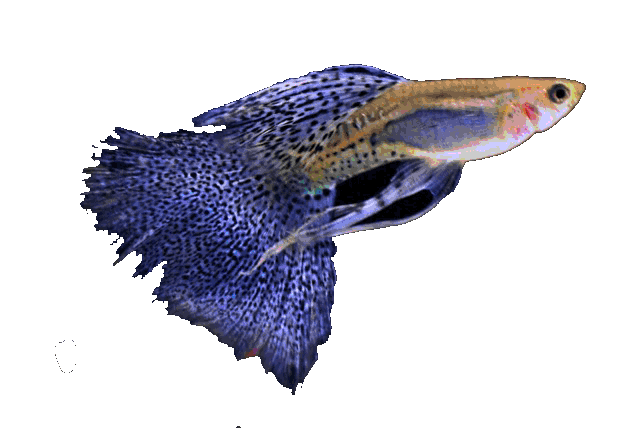
The family Anablepidae consists of three genera in two subfamilies and at least 18 species.
The family is best known for the genus Anableps - as a four-eyed fish, which of course is not entirely true. Fish have two large eyes that are intricately composed, half the eye looking over and half underwater with the visual system adapted to the view of the land and underwater at the same time. The eye lens is separated somewhere in the middle by a band of pigment. The focus above and below the water is different. Thus, it can lurk for food below the water level and at the same time observe for potential predators on the tree or in the air above it. The genus lives mostly in fresh and brackish waters off the coast of southern Mexico all the way to the Amazon Delta in Brazil . Their diet is predominantly composed of insects and other invertebrates. In nature, fish feed mainly on the bottom, which allows them to ideally place their mouths with which they browse the substrate / silt and look for food, if they notice an interesting prey on the water surface, they jump out of the water on it. They need the addition of algae.
In humid environments, fish can spend a lot of time on land. These fish are one of the most interesting in aquaristics because they are very special, in addition to the eyes, their special feature is that the specimens are left-handed or right-handed. Females have a "flap" through the sexual orifice called the "foricula"

The composition of the eye of a quadruped - Anableps

Family Anablepidae - Bonaparte, 1831
Family classification
Kingdom: Animalia / animals Trunk: Chordata / string players
Class: Actinopterygii / arthropods
Order: Cyprinodontiformes / Toothpicks
Family: Anablepidae / quadrupeds and related
Subfamily: Anablepinae - Bonaparte, 1831
Subfamily: Oxyzygonectes - Parenti, 1981
Oxyzygonectes - Fowler, 1916 (1)

About them
The genus Anableps inhabits the mouths of Mexican rivers, lagoons in Central America, and the coastal waters of northern South America. In the wild, fish at low tide gather on land in large flocks. They are viable with little offspring, rarely more than 10-15 pups that are quite large. They have internal fertilization, males have a modified anal fin of gonopods which is quite different from the gonopods of the Poeciliidea family. Like females, they are limited to the right and left.
Fish need a lot of space on the surface for swimming and airy and humid space above the water (paludarium / aquaterrarium), temperature from 25-28 ° C, sandy or pebble bottom, decoration without sharp edges, part of the mainland where fish occasionally gather and rest. Fish are large eaters and need a very strong external filter to maintain optimal water conditions so that it can remove excrement on a regular basis.
Rod Jenynsia se differs of the genus Anableps , collectively but to them it is left and right-wing. The fish are smaller and live in southern Brazil, Uruguay, and northern Argentina. They live at room temperature, they are not particularly demanding in terms of parameters (18-23 ° C, 7.5-8.5 pH, 10 ° dH), somornica.
Rod Oxyzygonectes with fish Oxyzygonectes dovii as the only representative originates from Costa Rica and Panama, fresh water and tusk, temperature between 27 and 30 ° C. ( the species is not alive! )
Quadrupeds are quite large fish, males reach an average of 20 cm, females an additional 10 cm, as mentioned, they like to jump out of the water and accordingly place a glass cover of the aquarium (paludarium / aquaterrarium) high above the water level. Blurred objects in shape rocks and roots should be semi-submerged, which allows a lot of algae growth in strong light. It is not necessary to add salt to the species A.anables and A.dowei , both species are quite satisfied in hard water with a pH above 7. Usually tap water is enough, if the water is too soft we use the following natural substances without harmful chemicals:
Calcium sulphate (CaSO4) or gypsum or plaster - it increases the total hardness of Gh
Sodium bicarbonate (NaHCO3) or baking soda (baking soda) - it increases the carbonate hardness Kh
Example habitat




